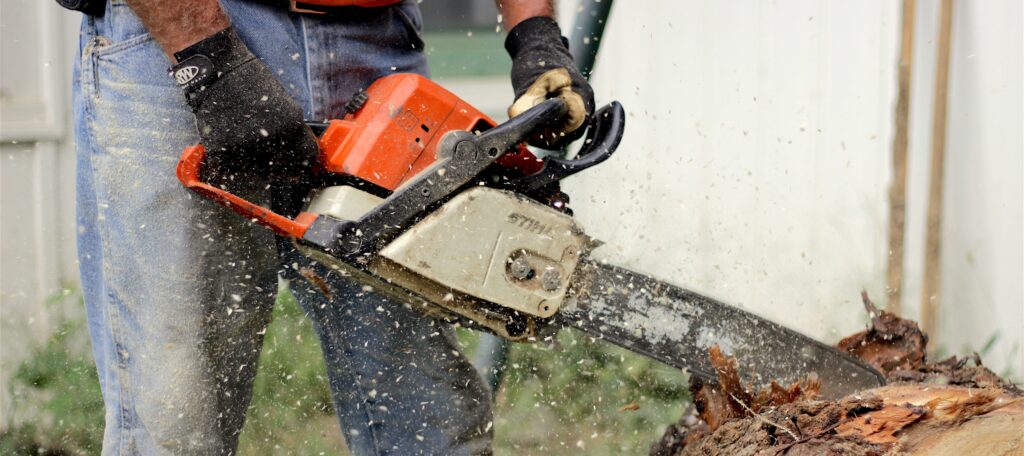Chainsaw Resources

At the time of creating this page, it has been nearly a month since the remnants of Hurricane Helene devastated my community in Western North Carolina. In the past several weeks, I have spent close to 100 hours running chainsaws to help open access and clear debris. And it isn’t just me — I am regularly cutting with everyone from experienced loggers to random home owners with their department store saws. In a state of an emergency like this, we need everyone who can help to be active. But, we also need them to be smart and, more importantly, safe.
I’ve been sawing for 25 years with experience ranging from wildland fire and timber in the Rockies to dropping hardwoods and doing trail maintenance in the Appalachian mountains. In all those settings, the standard for training has always been the US Forest Service and interconnected agencies. Given the quality of their material, I wanted to compile a list of resources for people who may have a saw, but wish they had a bit more education on best practices. Nothing can replace actual instruction from experts or time with your bar in the wood, but for those looking to learn more on your own, this should be a good starting spot.
I don’t own the rights to these documents, but am hosting them on my personal server to ensure they are widely available.
S-212: Wildland Fire Chain Saws (Dec 2012)
I am posting this resource first because it is the material I was originally trained on. This course is the standard for the National Wildfire Coordinating Group. While it does contain information related to using saws in wildland fire situations, it is also the most straight forward training documentation I have come across.
In addition to the above training documents, here are the “taskbooks” required to be certified by the NWCG. They are included as they provide context for the specific skills required to be considered competent for various roles.
USDA Chain Saw and Crosscut Saw Training Course (2006)
This course is what is offered to sawyers who need to be certified to work on federal lands, but do not need the wildland fire component. In general, this course is more focused on safety and includes more nuance related to technique.
Additional US Government Documents
While the above links are the best resources for training, the following documents may also prove useful, especially for those who may be involved in projects on public land:
- US Forest Service Saw Policy
- NPS Chainsaw Safety for Non-Wildland Fire Operations
- NPS National Chainsaw Safety Policy
- US Forest Service / National Park Service Chainsaw MOU
I am hoping that by posting these documents, folks will be more comfortable, confident and safe when running a saw in what can be extremely stressful and urgent times.